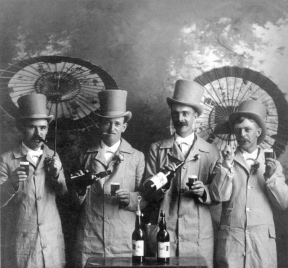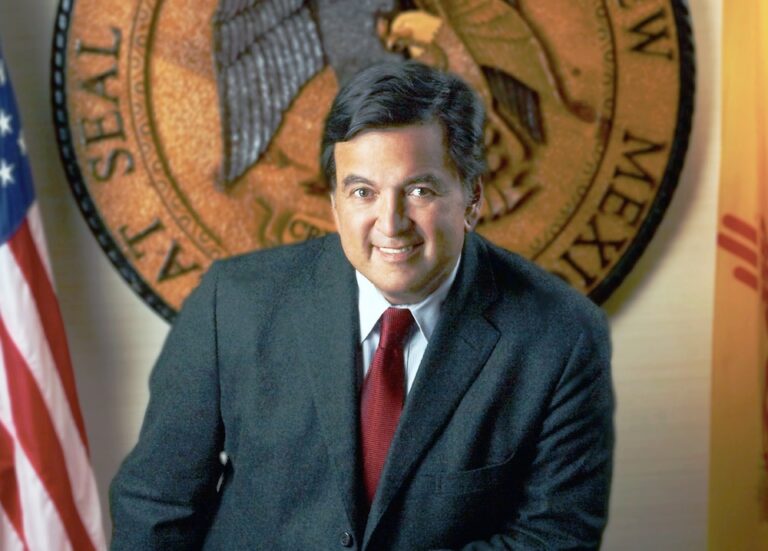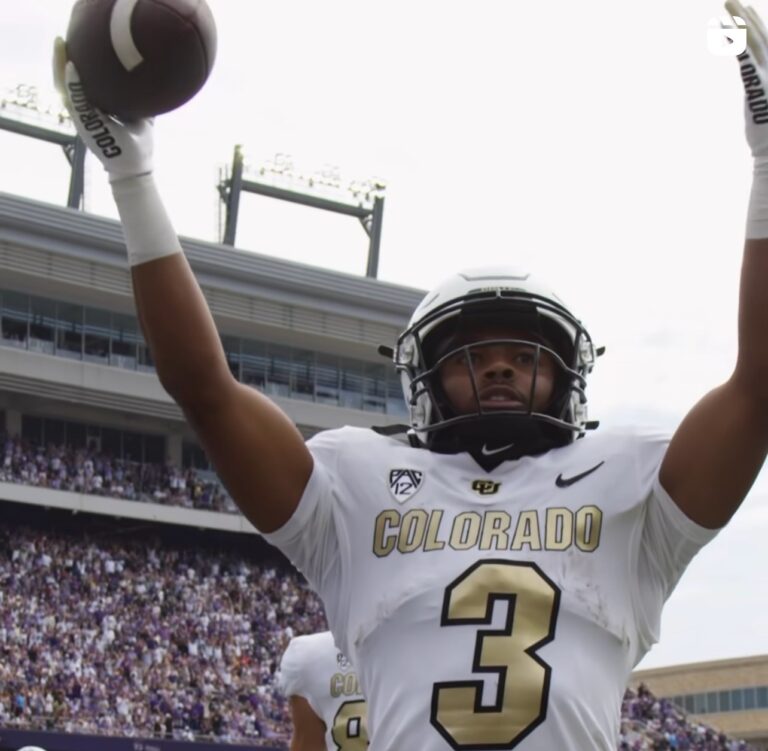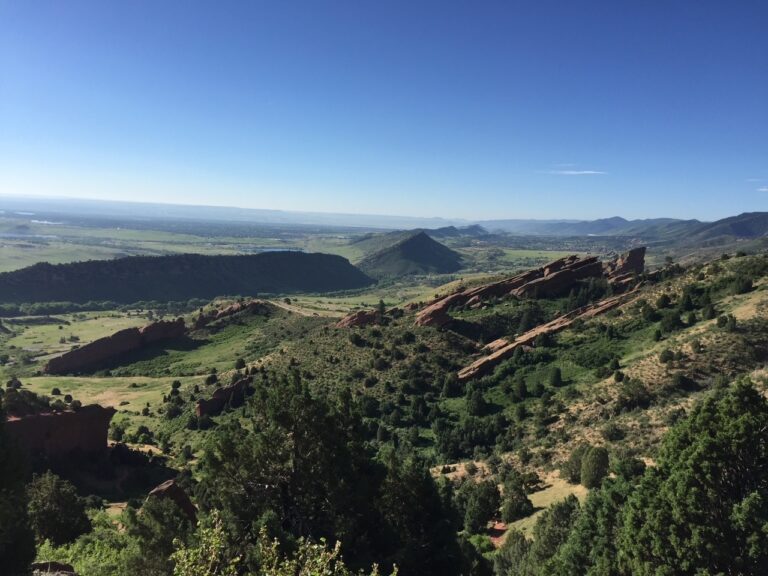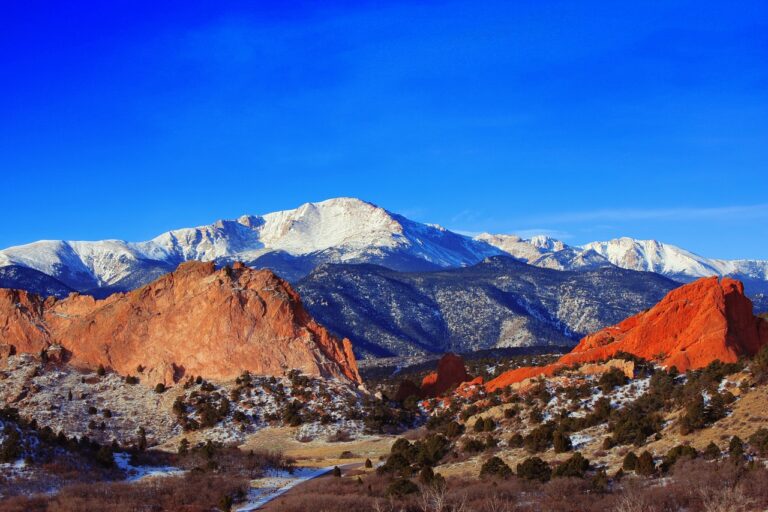For most Americans, Labor Day signifies the end of summer and the start of school. Though, that is changing since in much of the country thousands of schools are already in session days or even weeks before the first Monday in September.
But the origins of Labor Day have nothing to do with the end of summer or start of school. They have nothing to do with calendar events but everything to do with the quality of life for millions of men, women and even young children who, in an earlier day, were part of America’s workforce.
In 1882, two New York unions organized a one-day strike to address the excessive hours workers were spending on the job and away from their families. Back then, six-day weeks, sometimes seven, averaging 70-plus hours were common.
That same year New York City held the first Labor Day. Five years later, Colorado joined a handful of other states and set aside a day to honor workers. As momentum grew—and government and business realized giving workers a day off had unintentional positive benefits—they could spend their earnings—most states joined in. President Cleveland officially signed the Labor Day bill into law later that year.
Of course, while Labor Day has as its genesis an air of goodwill toward workers, its dedication as a national holiday did little to erase the eternal conflict between labor and management, the people who work the jobs and those who own the companies.
On March 25, 1911, New York City witnessed one of the most horrific labor-management catastrophes when a fire broke out at the Triangle Shirtwaist Company factory.
When the fire began, it trapped workers on the eighth floor of the building. Escape for many was impossible because even the most basic safety regulations had been ignored, including keeping doors locked to prevent workers—mostly immigrant teenaged girls—from taking breaks.
Elevators failed almost immediately. Other escape routes— exit doors—were locked preventing so many others from reaching stairways. Fire escapes could not handle the exodus. It was labor’s day of infamy.
The fire’s toll included 49 workers who either burned to death or suffocated from the smoke, another 48 died by jumping from the building and 36 were killed when they fell into the elevator shaft.
A grand jury failed to indict the owners on manslaughter charges. Adding to the pain of so many families, a court ruled that management pay only $75 for each worker death. But despite failing to hold responsible the companies’ two owners, it did spur reform in both worker safety and fire code regulations.
Colorado, too, has its own infamous legacy of labor management conflict, none more painful than 1914’s Ludlow Massacre, a bloody assault on a mostly immigrant group of miners and their families, including infant children.
Unrest percolated during what has become known as the Colorado Coalfield War. Miners, many newly arrived immigrants, were working excessive hours in unsafe conditions for low pay. Confrontations, even armed conflict, between workers and management boiled over. But it was nothing compared to what happened April 20th at a miners’ camp just south of Walsenburg.
The labor impasse had gone on long enough for magnate John D. Rockefeller, Jr., owner of Pueblo’s CF&I and scores of coal mines across the state. Their labor fed the furnaces of his company the fuel to manufacture the steel a hungry and growing nation badly needed.
Governor Elias M. Ammons and the National Guard seemed to have the unrest under control, despite occasional hotspots that resulted in confrontation, including some fatal.
Quelling the violence often meant bringing in strike breakers, a decision that proved heartbreaking and, ultimately, historically fatal. In the end, strikebreakers and militia engaged miners, the former using machine guns, the miners fighting back with whatever means available.
There are varying estimates on casualties with some as high 55 women and children counted as dead. But in the end, major reforms on mine safety and improved wages were enacted. The United Mine Workers purchased the site of the massacre where a memorial stands today. It can be seen from the roadside of Interstate 25.
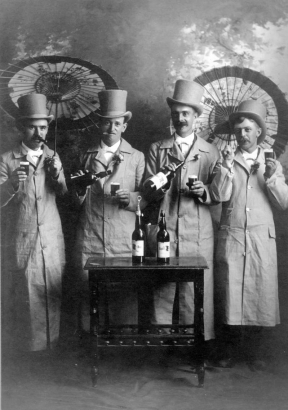
Shown above, Plumbers Local #3, Labor day on September 6, 1887
On March 15, 1887, Colorado’s Sixth General Assembly passed a law designating the first Monday in September as a holiday honoring workers becoming the second state to create an official labor holiday. President Grover Cleveland signed legislation that made Labor Day a federal holiday on June 28, 1894.
The Pueblo steel mill was also the focal point of another Colorado labor impasse. In 1959, the United Steelworkers of America called a strike that shuttered the Pueblo mill for 110 days. New technology was poised to eliminate thousands of steel jobs nationwide. The union wanted worker protection. The strike created an economic depression in Pueblo and other cities.
When an agreement could not be reached, President Eisenhower intervened by invoking the Taft-Hartley Act forcing union workers back. It appeared the company had won. But with an election year approaching and some behind the curtain nudging in Washington, management and union finally ironed out a new working agreement resulting in higher wages and better health and pension benefits for workers.
Labor and management tensions, while nowhere near the fever pitch they once engendered, continue today. Over the last several months, a number of high-level strikes have been averted, including one with FedEx. But a number of others are on-going or threatened. Perhaps the most visible impasse is currently being waged in the entertainment industry. Also looming is a potential work stoppage by the United Auto Workers.
An estimated 160,000 Screen Actors Guild and Writers Guild are demanding new contracts from the Alliance of Motion Picture and Television Producers. They want job protection especially in an era of artificial intelligence that threatens to erase many jobs.
The strike has all but frozen new movies and television shows from production. The SAG-WGA strike began on May 2nd but there is no end in sight.
Despite the struggle for more equitable working conditions, including sometimes painful sacrifices, the story of Labor Day in America is often a mystery, particularly to younger people. For many, it has simply become a day of leisure and end-of-summer sales.
But for the leisure of millions as well as the bargain prices at so many stores, the sacrifices have been many and accompanied by an unimaginable cost in both blood and treasure.



